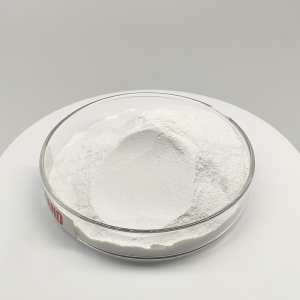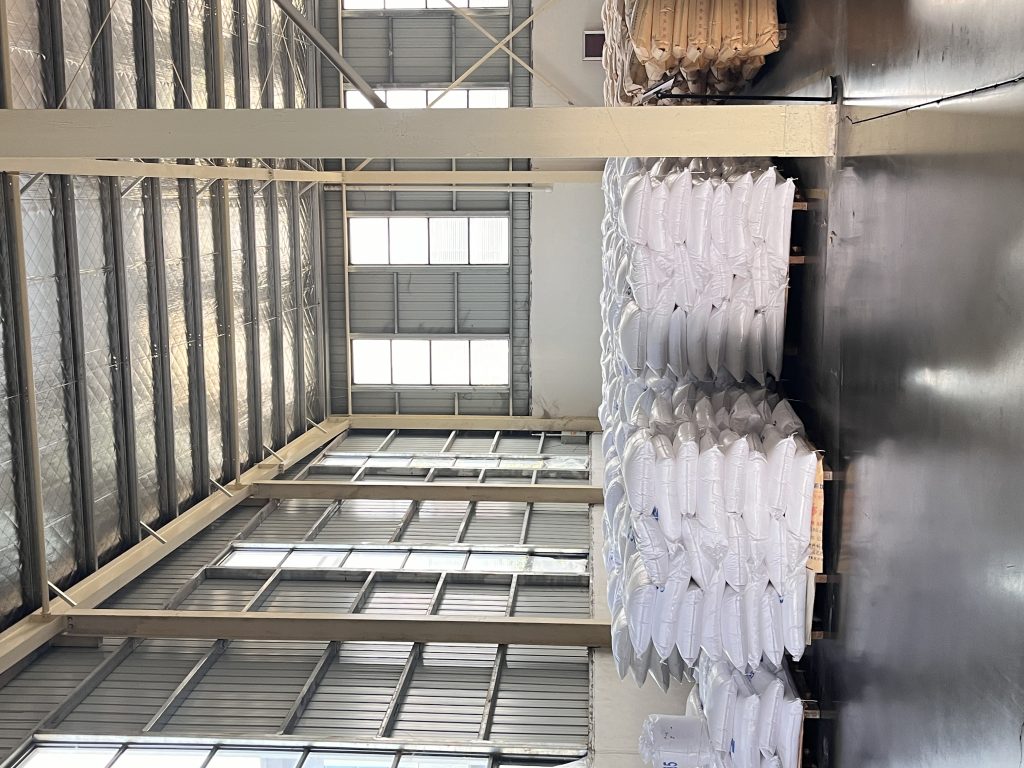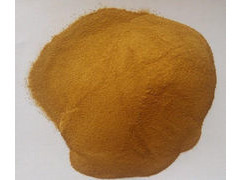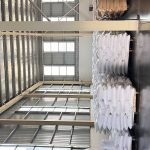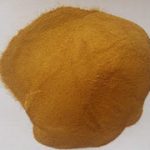Professional solutions on concrete addtives, Concrete Foaming Agent, Superplasticizer, CLC Blocks Additives, and foaming machine
PRODUCT PARAMETERS
Description
Overview of naphthalene-based Superplasticizer
TR-SNF-A is a naphthalene-based superplasticizer used to promote the accelerated development of early and ultimate strength, often called superplasticizer, also known as naphthalene sulfonic acid formaldehyde condensate (NSF), SNF, PNS, and FDN.
TR-SNF-A is characterized by non-retarded setting, non-air-entraining, superplasticity, high water reduction and strength enhancement. It is chloride-free, has low alkali content, low sulfonate content and high purity. It can be widely used in different concrete with low dosages and is easy to use.
TR-SNF-A can be used to make flowing concrete, high-strength concrete or autoclaved concrete. The minimum working temperature can be as low as 0 degrees Celsius. In steam curing, concrete with superplasticizers must have sufficient strength before heating. Steam curing specifications must be pre-tested. Superplasticizers are special materials that can be used especially as a base for composite admixtures.
Action mechanism of Naphthalene based Superplasticizer
1) Surfactant effect
Naphthalene water reducing agent is usually a surfactant containing hydrophobic and hydrophilic groups, which affects the rheological properties of concrete by regulating the surface tension and interfacial tension in concrete. In the process of cement hydration reaction, the surface of concrete particles will form a negatively charged charge layer, which increases the electrostatic repulsion between particles, leading to an increase in the adhesion and angle of internal friction of the concrete, which results in a decrease in the fluidity of the concrete. Under the action of the naphthalene water-reducing agent, the hydrophilic group of surfactant combines with water molecules, and the hydrophobic group is close to the outside so that the water-reducing agent molecules form a layer of cover on the surface of the concrete, which reduces the surface tension and interfacial tension of the concrete, and reduces the adhesion between particles in the concrete and internal friction, and improves the fluidity of concrete.
2) Solvent effect
Volatile organic compounds contained in naphthalene water-reducing agents can form a thin film on the surface of concrete, which can prevent the volatilization and loss of water in concrete and then reduce the risk of drying, shrinkage and cracking of concrete. The solvent in the naphthalene water-reducing agent can also react with the cement colloid, making the water droplets formed during the water treatment process more uniformly dispersed, thus improving the slump of concrete.
3) Adsorbent effect
Naphthalene water reducing agent molecules can also be adsorbed with the particles in the concrete and lead to water reduction. Such as naphthalene-based molecules in the naphthalene-based water-reducing agent can be matched with the electronic structure of the surface of the cement colloid, which leads to naphthalene-based water-reducing agent molecules adsorbed on the surface of the cement colloid, preventing the colloid from aggregation, reducing the friction strength of the concrete and the water absorption of the concrete to improve the fluidity of the concrete and the effect of water reduction.
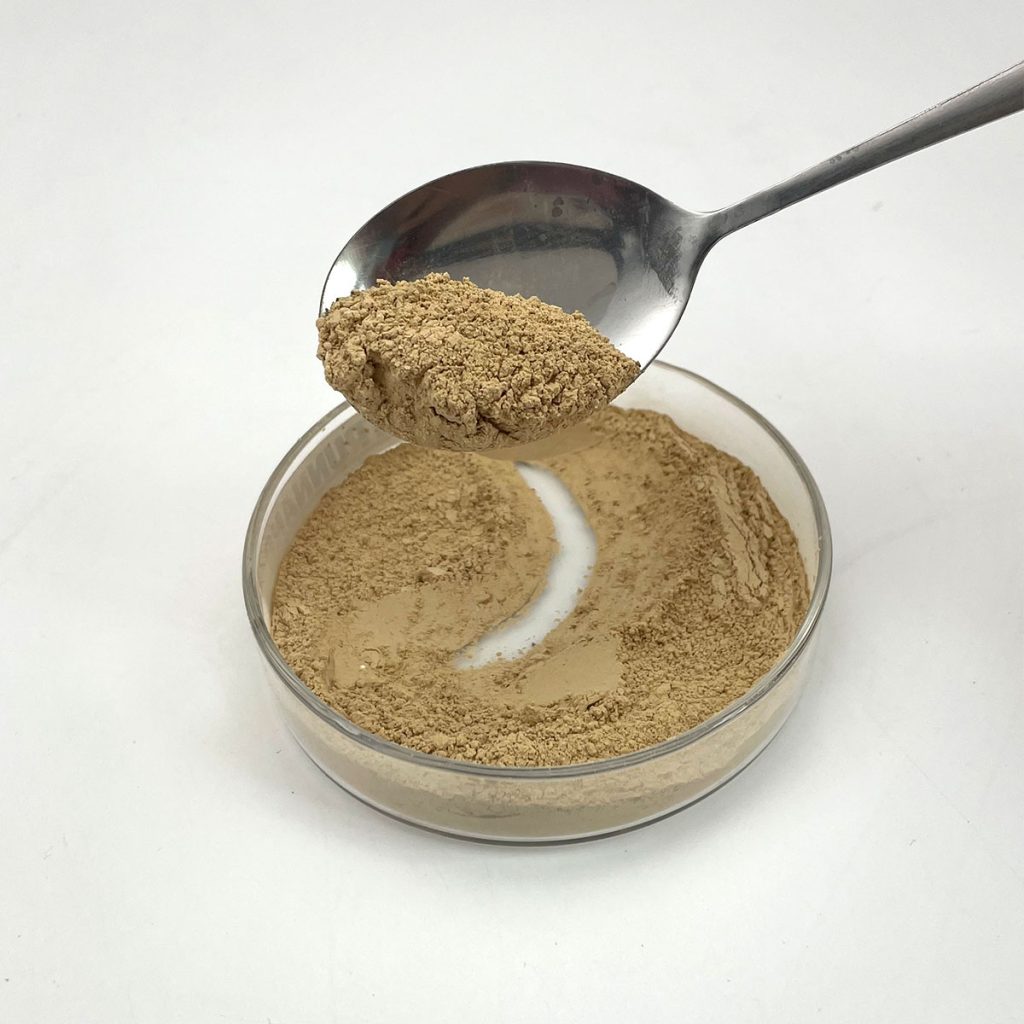
Naphthalene based Superplasticizer
Product Speclficatlons of Naphthalene based Superplasticizer
| Parameter | Specification |
| Form | Powder |
| Appearance | Brownish yellow |
| pH Value (1% Solution) | 6.0 – 8.0 |
| Specific Gravity (Liquid) | 1.10 – 1.20 g/cm³ |
| Water Content (Powder) | ≤1.0% |
| Solubility | Highly soluble in water |
| Recommended Dosage (Powder) | 0.5% – 1.5% by weight of cement |
| Shelf Life | 12 months |
Naphthalene based Superplasticizer Uses in Concrete
Naphthalene-based Superplasticizer is suitable for the preparation of high-strength concrete, ultra-high-strength, early-strength concrete, anti-seepage and anti-entry concrete, pumping concrete, and self-flooding concrete. Natural curing and steam curing prefabricated components, reinforced concrete and concrete works.
1)Using the same cement dosage and maintaining similar compatibility, the product can improve compressive strength by 50-90% in 3 days, 60-70% in 7 days, 30-60% in 28 days, and 500-800# concrete can be prepared with 525# ordinary silicate cement mixed with FDN high-efficiency water reducing agent.
(2) Mixed with 0.5-1.0% (cement dosage), FDN slump can be increased from 3-5 cm to 15-20 cm.
(3) High water reduction rate, in the mixture of similar slump, mixed with FDN, its water reduction rate of up to 15-20%.
(4) saving cement, late strength and ease of the same case can save about 20% of cement; early strength, in the case of improving the late strength and ease of the same case, can save about 10-20% of cement.
5) It has good adaptability to common silicate cement, slag cement and fly ash cement.
(6) Good adaptability to steam curing can shorten the curing time, reduce the curing temperature to save energy and improve production and quality.
(7) After the concrete is mixed with naphthalene, high efficient water-reducing agent, its freezing and thawing properties are sometimes significantly enhanced, the impermeability and durability of concrete are improved, the shrinkage of concrete is reduced, and there is no unfavorable effect on the carbonization of concrete.
(8) It has no corrosion effect on steel reinforcement.od for concrete pouring and shaping projects.
Packaging and storage of Naphthalene based Superplasticizer
Hydroxyethyl cellulose is packed in film coated plastic bags with net weight of 25 kg.
Avoid rain during storage and transportation.
Fireproof and moisture proof.

Company Profile
Cabr-Concrete is the global leader in Low-Density Cellular Concrete (LDCC), Celluar Light Concrete (CLC), and advanced engineered foam solutions. Known globally for its commitment to research, innovation, and applied expertise, we have been providing engineered foam solutions since the early 2012’s.
We can supply Naphthalene based Superplasticizer over the world. The company has a professional technical department and quality supervision department, a well-equipped laboratory, and equipped with advanced testing equipment and after-sales customer service center.Send us an email or click on the needed products to send an inquiry.
If you want to know more about Naphthalene based Superplasticizer please feel free and contact us: sales@cabr-concrete.com

Payment
T/T, Western Union, Paypal, Credit Card etc.
Shipment
By air, by sea, by express, as customers request.
FAQs of Naphthalene based Superplasticizer
Is naphthalene sulfonate superplasticizer concrete?
Sodium Naphthalene Sulfonate Formaldehyde Polymer is a liquid superplasticizer, known as NSF, which is used to reduce the amount of water needed in concrete mixtures and plasterboard production. This leads to increased strength and durability, as well as shorter drying times.
What is sulphonated naphthalene used for?
It is widely used for the preparation of free-flowing and pumpable concrete mixture in the Construction Industry. Its high purity feature enables the production of concrete low foaming, high range water reducing and strengthening. It also improves cement mobility and workability.
What is the best superplasticizer for concrete?
Best Superplasticizer for Concrete: Water Reduction Rate
Melamine plasticizers (SM): Melamine-based super plasticizers. A quite popular choice and can reduce water by 15% to 20%.
Polycarboxylate plasticizers (PCE): Polycarboxylate plasticizers or PCE super plasticizers.
What does superplasticizer do to concrete?
Superplasticizers are used when well-dispersed cement particle suspensions are required to improve the flow characteristics of concrete. Their addition allows to decrease the water-to-cement ratio of concrete or mortar without negatively affecting the workability of the mixture.
REQUEST A QUOTE
RELATED PRODUCTS
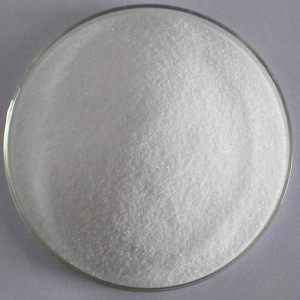
Lightweight concrete nano-modifier
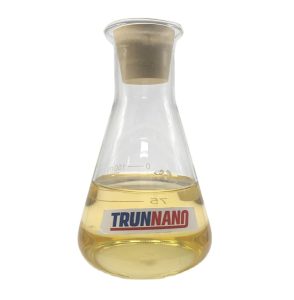
Polycarboxylate Superplasticizer Liquid Polycarboxylic Acid High Performance Water Reducing Agent Early Strength Type Liquid Concrete Water Reducing Agent

Polycarboxylate Superplasticizer Liquid olycarboxylic Acid High Performance Liquid Water Reducing Agent
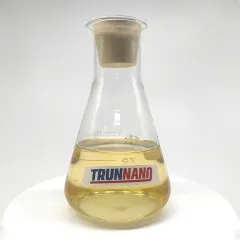
Polycarboxylate Superplasticizer Liquid Polycarboxylic Acid High Performance Water Reducing Agent Slow Setting Type Liquid Concrete Water Reducing Agent
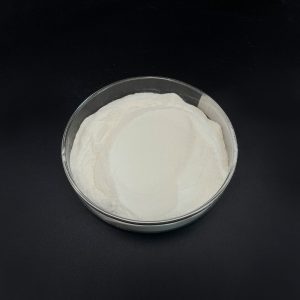
Polycarboxylic Acid High Performance Powder Water Reducer Polycarboxylate Superplasticizer Powder
